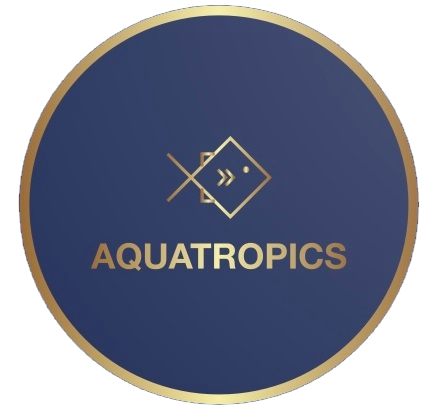No products in the basket.
10 X Orange Giant Danios – Devario Malabaricus – Cyprinid Fish
£51.29
Short Description: A comprehensive guide to the Orange Giant Danios, a vibrant and active fish species that adds a splash of color to any aquarium.
Out of stock
Attributes: 10 X Orange Giant Danios – Devario Malabaricus – Cyprinid Fish
Short Description: A comprehensive guide to the Orange Giant Danios, a vibrant and active fish species that adds a splash of color to any aquarium.
Product Categories: Danios, Fish
Product Description:
The Orange Giant Danios, scientifically known as Devario Malabaricus, are a stunning species of Cyprinid fish that are highly sought after by aquarium enthusiasts. This comprehensive guide provides detailed information on their functionality, features, and use-cases.
Scientific and Common Names:
The scientific name of the Orange Giant Danios is Devario Malabaricus. They are commonly referred to as Orange Giant Danios.
Habitat:
Originating from the freshwater rivers and streams of India, the Orange Giant Danios thrive in warm tropical climates. They are typically found in clear, fast-flowing waters with sandy or gravel substrates.
Tank Setup:
To provide a suitable habitat for the Orange Giant Danios, it is recommended to have a spacious aquarium of at least 30 gallons. The tank should be well-filtered and have a tight-fitting lid to prevent any potential escapes. Adding plants, rocks, and driftwood will create hiding spots and mimic their natural environment.
Diet and Nutrition:
These fish are omnivorous and have a hearty appetite. They will readily accept a variety of foods, including high-quality flakes, pellets, frozen or live foods such as brine shrimp, bloodworms, and daphnia. It is important to provide a balanced diet to ensure their optimal health and vibrant coloration.
Size and Growth Rate:
Orange Giant Danios can grow up to 4 inches in length, making them a relatively large species compared to other Danios. They have a moderate growth rate and can reach their full size within a year.
Behavioral Traits:
Known for their active and energetic nature, Orange Giant Danios are constantly on the move. They are schooling fish and should be kept in groups of at least six individuals to promote their natural behavior. They are peaceful and can coexist with other non-aggressive fish species.
Care Level:
The care level for Orange Giant Danios is considered to be moderate. They require a well-maintained aquarium with regular water changes and proper filtration. Monitoring water parameters such as temperature, pH, and ammonia levels is crucial for their well-being.
Breeding and Reproduction:
Breeding Orange Giant Danios can be achieved in a separate breeding tank with slightly warmer water and the presence of plants for egg deposition. The females will scatter their adhesive eggs among the plants, and the parents should be removed after spawning to prevent them from eating the eggs. The eggs will hatch within 24-48 hours, and the fry can be fed with infusoria or commercially available fry food.
Health and Disease Prevention:
Maintaining good water quality and providing a balanced diet are essential for preventing diseases in Orange Giant Danios. Regular observation for signs of illness, such as loss of appetite, abnormal swimming behavior, or visible parasites, is important. Quarantining new fish before introducing them to the main tank can help prevent the spread of diseases.
Optimal Water Conditions:
The Orange Giant Danios prefer a water temperature between 72-78°F (22-26°C) and a pH range of 6.5-7.5. They can tolerate a wide range of water hardness, but a slightly soft to moderately hard water is ideal.
Lifespan:
With proper care, Orange Giant Danios can live for approximately 5-8 years. Providing a suitable environment, a balanced diet, and regular maintenance will contribute to their longevity.
Additional Interesting Facts:
– Orange Giant Danios are known for their vibrant orange coloration, which intensifies with age.
– They are excellent jumpers, so a tight-fitting lid is necessary to prevent any escapes.
– These fish are highly active swimmers and appreciate open swimming spaces in the aquarium.
– Orange Giant Danios are known to exhibit interesting schooling behavior, creating a visually appealing display in the aquarium.
– They are relatively hardy fish and can tolerate a range of water conditions, making them suitable for both beginner and experienced aquarists.














Reviews
There are no reviews yet.